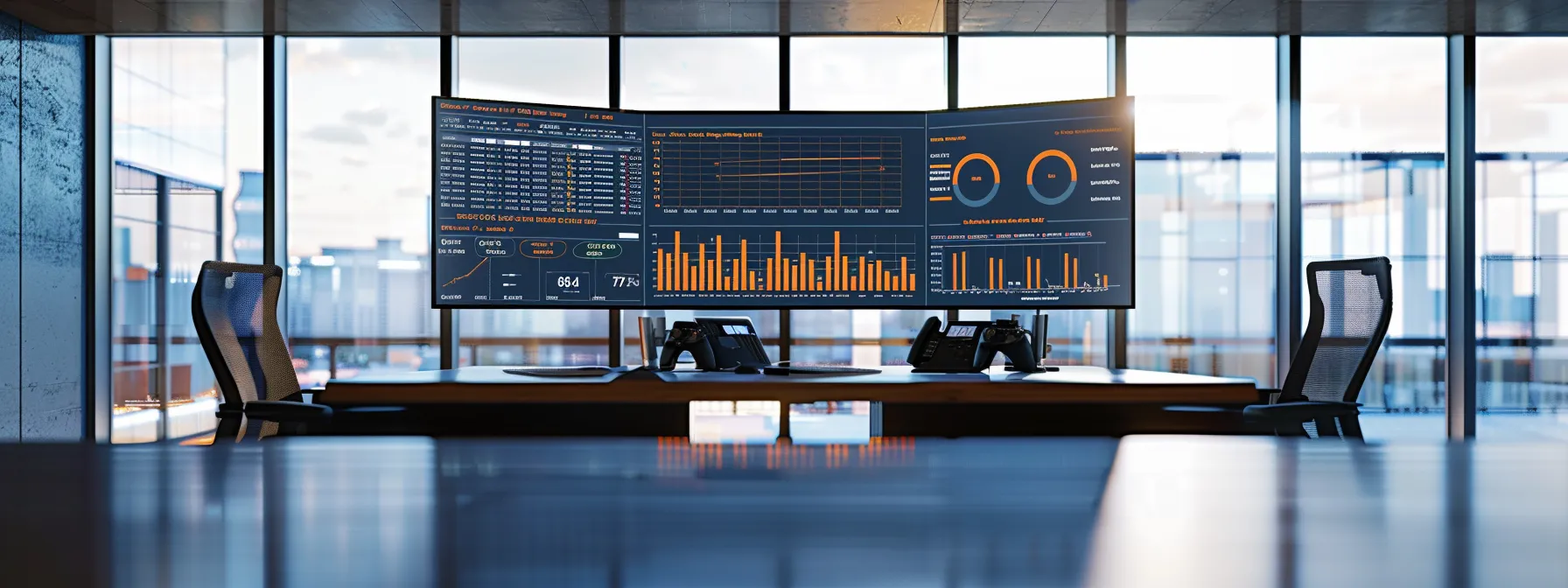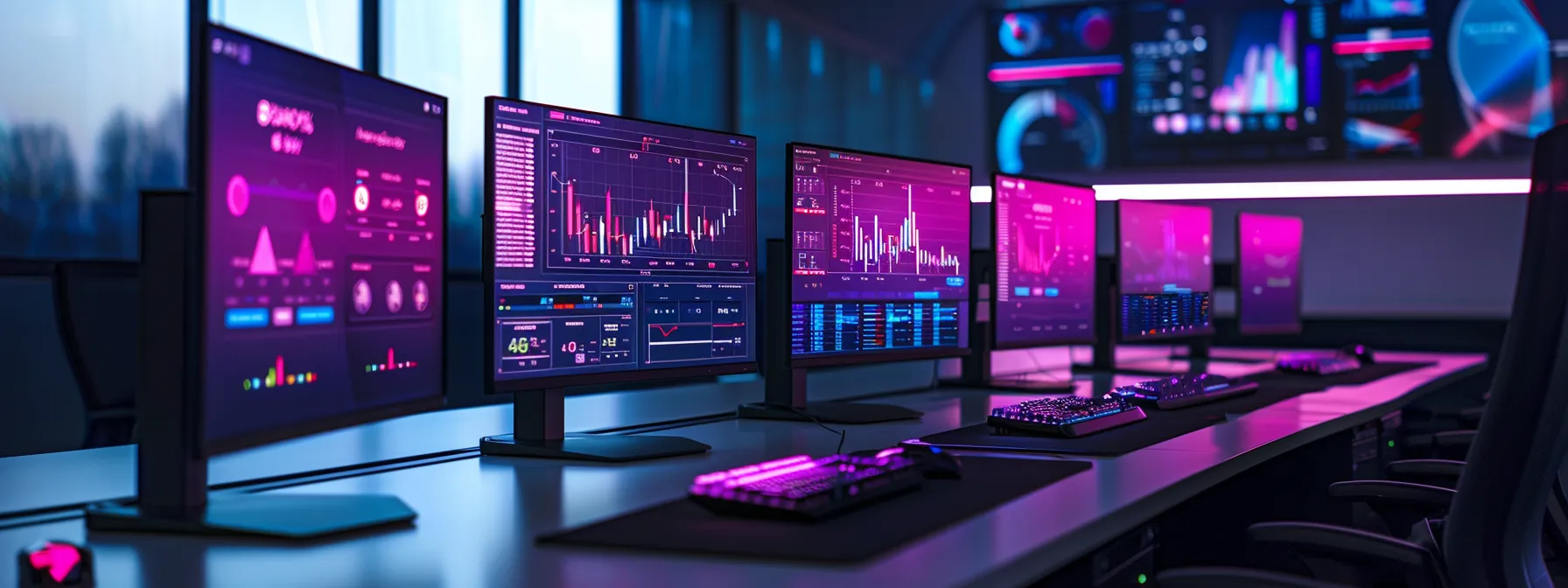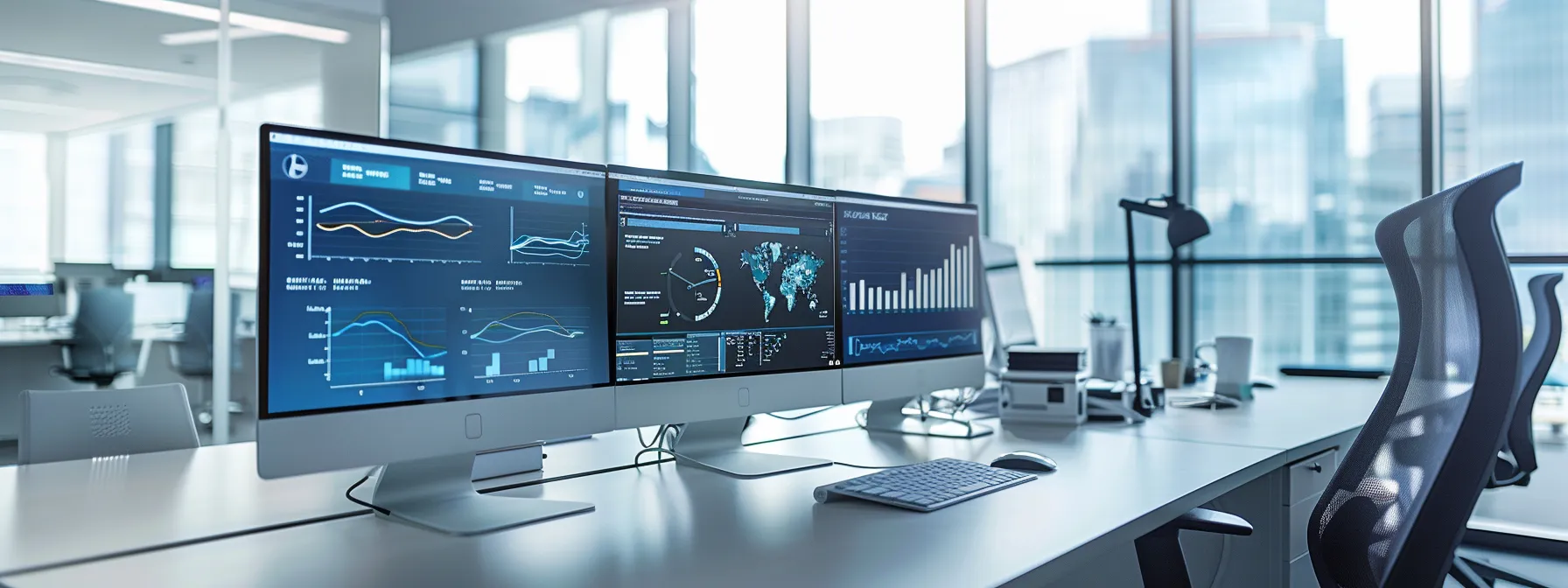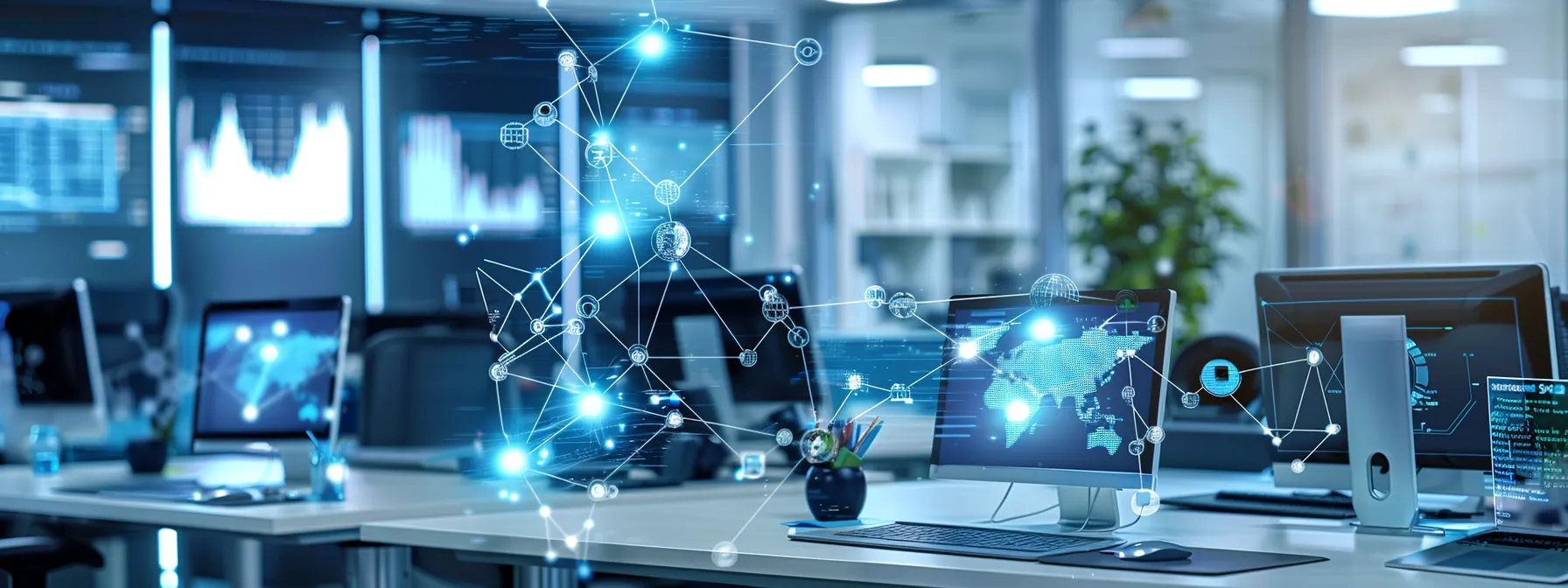Understanding Desktop Management: Functions and Mechanisms
Effective desktop management is essential for maintaining a smooth IT operation, yet many businesses struggle with it. This article will explore what desktop management is and its critical functions, such as access control and directory management. Readers will gain insights into the mechanisms that drive effective desktop management, including automation and key protocols. By addressing common challenges associated with maintaining a functional desktop management interface, this content aims to equip business owners with the knowledge needed to enhance their IT environments.
What Is Desktop Management and How Does It Function?

Desktop management refers to the processes that manage and maintain computers and other devices in a business environment. This includes ensuring that all devices are correctly configured and updated for optimal performance, fundamentally enhancing the overall efficiency of an organization.
Centralized control is often exercised through the use of active directory services, which facilitate user access and permission management. By utilizing active directory, businesses can streamline information management while improving network security and user experience.
With the rise of mobile devices, including various android systems, desktop management now extends beyond traditional desktop computers. Businesses need to implement strategies that encompass mobile device management to ensure data integrity and security across all platforms.
Furthermore, desktop management solutions frequently leverage internet-based tools for remote access and monitoring. This capability allows IT teams to diagnose issues, deploy updates, and manage resources without being physically present, thus enhancing operational efficiency.
Key Functions of Desktop Management in IT Environments

Desktop management plays a vital role in IT service management by ensuring all assets within the organization are efficiently maintained. This includes consistently monitoring hardware and software performance to identify any potential issues before they escalate, thus minimizing downtimes.
Effective user experience is central to desktop management strategies. By simplifying access and enhancing functionality through tools such as Microsoft Entra ID, organizations can empower clients with seamless connectivity to resources, boosting productivity across the board.
Moreover, desktop management includes regular software updates and patches to safeguard assets against vulnerabilities. These measures are essential in maintaining a secure IT environment, protecting sensitive data while ensuring compliance with industry standards.
Implementing robust desktop management solutions facilitates strategic decision-making regarding IT resources. By analyzing usage patterns and performance metrics, businesses can optimize their operations and make informed choices about future upgrades or configurations.
Mechanisms Behind Effective Desktop Management

The effective implementation of desktop management relies heavily on tools such as remote desktop manager. This software allows IT teams to access and manage desktops remotely, facilitating immediate troubleshooting and maintenance without the need for physical presence. Such capabilities significantly reduce response times and enhance overall efficiency within organizations.
Group policy is another crucial mechanism in desktop management. It streamlines the administration of user permissions and settings across multiple devices, ensuring compliance with organizational standards. This centralized control simplifies updates and configuration changes, leading to improved security and user experience.
Unified endpoint management (UEM) enhances desktop management by providing a comprehensive approach to managing all devices, including laptops, desktops, and mobile devices, on a single platform. UEM solutions facilitate seamless integration and management, thereby ensuring data integrity and consistency across varied device types.
Regular maintenance is essential for sustaining an effective desktop management strategy. IT teams must conduct consistent updates and monitoring to safeguard systems against vulnerabilities. Visual aids, such as infographics, can support training efforts and improve understanding of maintenance best practices among employees.
The Role of Automation in Desktop Management

Automation plays a critical role in desktop management by streamlining various processes within a business’s desktop environment. By automating routine tasks, such as software updates and licensing checks, organizations can minimize human error and ensure that their systems are consistently maintained.
Incorporating tools like task managers into the automation of desktop management enhances operational efficiency. These tools allow IT teams to monitor performance metrics and resource usage, enabling quick identification and resolution of potential issues related to hardware and software, including bios configurations.
Furthermore, automation simplifies the management of software licenses across multiple devices within a business. By automating license tracking and renewal processes, companies can avoid compliance risks and ensure that all software is up-to-date and legally compliant.
Ultimately, the integration of automation in desktop management creates a more resilient desktop environment. This not only boosts productivity but also fortifies data security, as automated systems can promptly address vulnerabilities and maintain a secure IT infrastructure.
Understanding Desktop Management Protocols and Standards

Desktop management protocols are essential for effective asset management within organizations, ensuring that all hardware and software are accounted for and maintained. These protocols establish guidelines for monitoring and updating devices, minimizing the risk of asset loss and ensuring optimal performance across the board.
Endpoint security is a critical component of desktop management standards, focusing on protecting devices connected to the network. Protocols in this area emphasize the importance of safeguarding systems from potential threats, ensuring that sensitive information remains secure while managing various types of devices, including USB connections.
Automation greatly enhances desktop management by integrating processes that streamline routine tasks. By implementing automated systems for software updates and monitoring, organizations improve efficiency and reduce the likelihood of human error, which can compromise information security.
Establishing robust desktop management protocols and standards leads to a cohesive IT environment. Organizations benefit from consistent practices that support security compliance, enhance performance, and facilitate better decision-making regarding resource allocation and future upgrades.
Emerging Trends in Desktop Management Technologies

Several emerging trends are shaping desktop management technologies. Solutions that focus on compliance are increasingly vital for organizations that must adhere to stringent regulatory requirements. Tools that automate compliance checks ensure that all systems are maintained according to established standards, reducing the risk of non-compliance.
The integration of virtual desktop environments is gaining traction, allowing users greater flexibility and access to their resources from various devices. This approach enhances user profile management, ensuring that individual settings and preferences are consistently replicated across different platforms.
Platforms such as Kaseya are revolutionizing desktop management by offering comprehensive solutions that streamline IT processes. With the ability to monitor and manage devices remotely, organizations can maintain better control over their assets, ensuring optimal performance and security.
Additionally, advancements in software deployment methods, including the Windows Installer, facilitate more effective management of applications. These technologies simplify the distribution, installation, and updating of software, significantly improving operational efficiency and reducing downtime.
Conclusion
Understanding desktop management is essential for maintaining efficient IT environments and optimizing organizational performance. By implementing effective mechanisms and protocols, businesses can ensure their devices are secure, compliant, and functioning at peak capacity. Automation plays a vital role in minimizing human error and enhancing overall productivity, while emerging trends continue to shape future desktop management strategies. Ultimately, a robust desktop management approach empowers organizations to streamline operations, improve resource allocation, and safeguard sensitive data.











